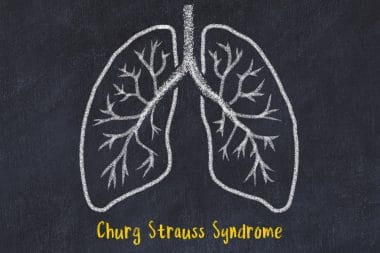The best way to explain what an antihistamine is and what it does is to actually break the word down. Antihistamine is composed of two words, anti and histamine. Anti means to be against something or act against something. Which leaves us with what histamine is. Histamine is something that your body produces in defense to an attack of allergens. It is these histamines that bring on the terrible symptoms of sneezing, itching, watery eyes, etc. that we suffer from when we are attacked by these allergens. Thus, an antihistamine is something that works against the histamines that our body produces.
Your common antihistamine comes in a little pill. How it actually works is quite amazing. What these pills do is release a chemical in our body that is very similar to and looks like a histamine to our body. These look-alike histamines make our body think that we basically have enough of these and keep the receptors in our body from working against them. In other words they stop the histamines in our body from working, thus relieving the symptoms.
What most people don’t know is that this is not the only function of histamines. Histamines also play a very important role in the brain, keeping us attentive, alert and awake. So, if we stopped all of the histamines in the body from working we would basically fall asleep. This can be especially dangerous when driving a car or operating heavy machinery and in fact, this is exactly what happens when we take old antihistamines. So if you have any of these lying around in your home, please get rid of them and do not take them. Those expiration dates on antihistamines are there for a reason.
The good news is newer forms of antihistamines have a much better effect on your allergies with less effect on your brain. How this is accomplished is actually very simple. Some medicines barely make it into the brain from the blood. This is actually not a good thing with antibiotics for brain infections. But when research workers figured this out they started to make antihistamines that also had the same properties as antibiotics, thus making it so that very little of the drug makes its way to the brain. If you read most antihistamine labels today it will say right on it, “non drowsy”.
For the most part, antihistamines are safe but they can have side effects especially some of the older brands.
The truth is all medications have side effects. Some are mild, as in the case of an aspirin, unless you have stomach ulcers or aspirin sensitivity and others are more serious such as the side effects from chemotherapy, but for the most part, antihistamine side effects are fairly mild. The newest antihistamines are probably about the safest medications that there are. But there are differences between the various antihistamines and their side effects.
Possible side effects:
Antihistamines have the same effect on your brain as alcohol. If you’ve been keeping up with the latest news you’ll notice that people seem to be driving around in a drug induced haze from taking antihistamines. This is becoming a very serious problem in itself as there are no laws against driving while under the influence of prescription medication. The newer non-drowsy antihistamines are much better.
Antihistamines can also affect learning and exam performance. Studies show that children with allergies who go to school after taking an antihistamine have poorer test scores than children who are not on antihistamines.
Unfortunately it doesn”t end there. You may experience difficulty urinating or have increased pressure in your eyes.
With the newer antihistamines, most, if not all of these side effects are a thing of the past. We have certainly come a long way.
How do we know the newer antihistamines are better? Actually, there are studies that clinically show that they are.
For starters, road safety studies were done. Two control groups were used. The one group was given older antihistamines and the other group was given the newer improved antihistamines. The results were staggering. The reaction time of the old antihistamine group was slower, their turning was more erratic, their attention was poor and in general they did not drive as skillfully. In some cases their driving was so bad and so dangerous that the test itself had to be stopped.
Another study was done on children going to school. Two control groups were again set up. The group that was given the older antihistamines had much lower test scores, sometimes as much as 20 to 30 points lower. Many of the students couldn’t even finish their exams.
The only downside of the newer antihistamines, and for that matter any treatment of this sort for allergies, is that they are not a cure and over time a person can build up a resistance to a particular antihistamine where it no longer works. A new one then has to be given. The average length of time that a person can take a particular antihistamine before they have to move on to a new one is between 3 and 6 months.





